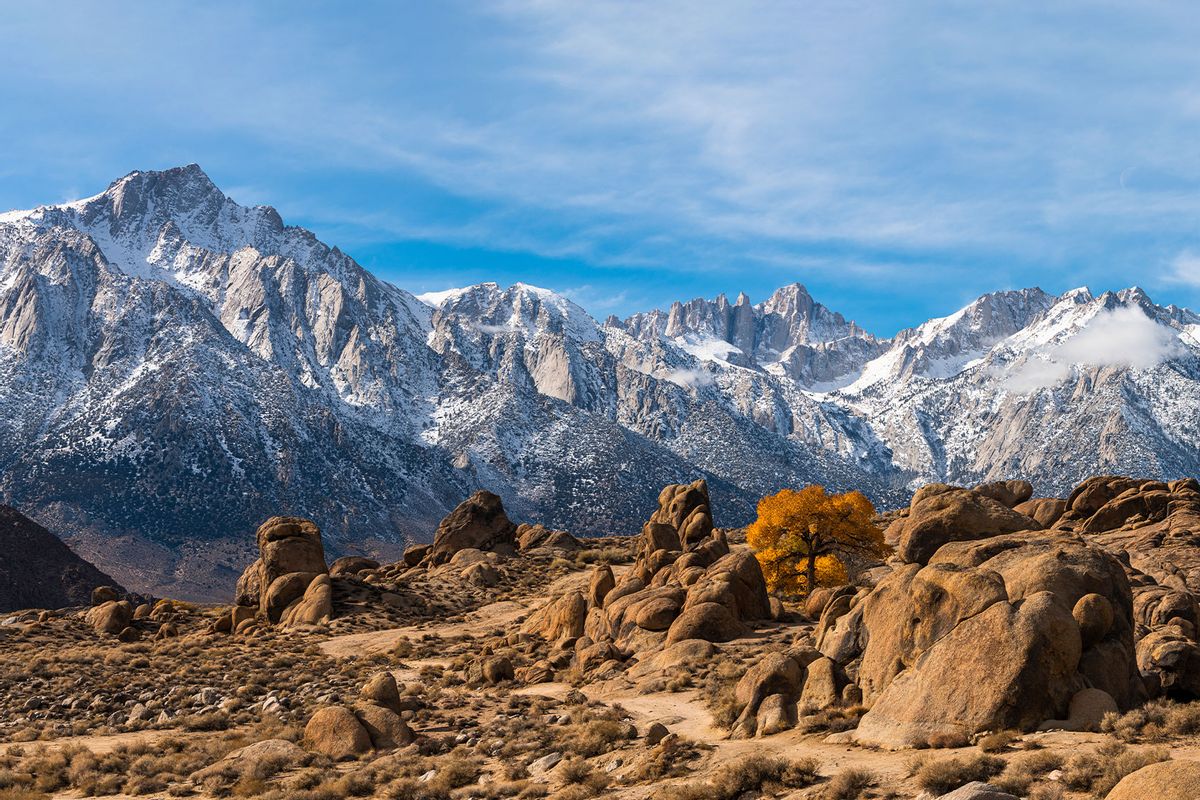A federal appeals court effectively halted gold mining this week in the Inyo National Forest's Long Valley, a region measuring 10 kilometers in diameter that was created from volcanic eruptions 760,000 years ago.
Between 1850 and 1860, California's population tripled as miners moved there to try and make it rich in the Gold Rush. Because of heavy rains becoming more common due to climate change, the gold that remains is being ejected from rock crevices and the state is seeing another wave of miners try their luck again.
In 2021, the U.S. Forest Service (USFS) permitted the Canada-based Kore Mining Ltd. to mine for gold in the region, which is part of California's Sierra Nevada Mountains. As a result, conservation groups sued the agency, saying it would potentially harm sage grouse, a species whose population is listed as "sensitive," as well as the Owens tui chub, an endangered fish. Companies are legally allowed to mine in national forests but need a permit issued by the USFS, which considers the potential environmental harms of operations before issuing one. On Friday, the ruling of a lower court that originally allowed the gold mining to move forward was reversed and celebrated by conservationists.
"This mining exploration could easily disrupt the local bi-state sage grouse population, harming these birds' habitat and causing them to abandon a courtship area they rely on," said Ileene Anderson, a senior scientist at the Center for Biological Diversity, in a press release. "These charismatic, unique sage grouse are already struggling to survive, and further destruction of their home would push them closer to extinction.



Shares